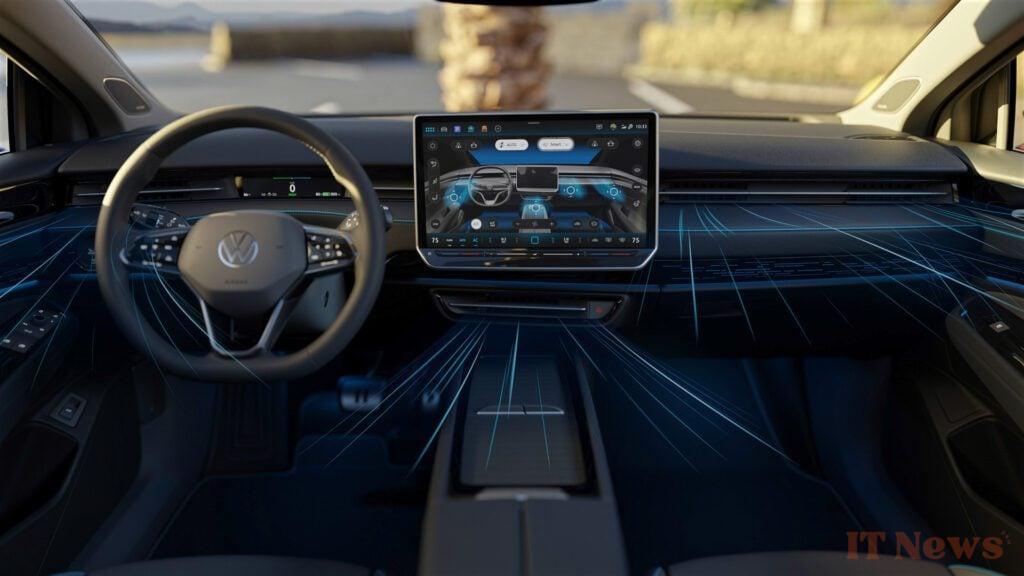It’s a phrase that some Volkswagen car owners and other touch-sensitive people would have liked to have heard sooner. More than five years after taking the radical decision to significantly reduce the number of physical buttons on the dashboard, VW seems to have changed its mind. Andreas Mindt, head of design at the German manufacturer, spoke to our colleagues at Autocar and the conclusion couldn’t be clearer: “It’s a car, not a phone,” he reacted when the question of keeping haptic feedback on the steering wheel was raised with him. posed.
In the process, the designer drove the point home by explaining that the brand's future models, those that will come after the commercial version of the ID.2all, will all be equipped with five essential physical buttons:
- Volume for audio
- Heating for driver and passenger (1 button for each)
- Air conditioning (climate control)
- Hazard warning lights
According to VW, these "vital" functions should no longer be subject to control via a touch surface. "We will never make that mistake again. On the steering wheel, there will be physical buttons, no more need to ask questions, there is feedback, it is real and users like and want these buttons," he concluded.
More buttons, but still as many screens
On the other hand, this admission of failure should not be taken as a total renunciation of screens. The central touch screen should still be there for several years, and it is not just an aesthetic choice. Thus, several regulations require the presence of such a screen, particularly for certain safety functions. like the 360° camera or the simple reversing camera.
The choice of an "all-touch" interface at VW dates back to the end of 2019 and first appeared on the 8th generation Golf. Since then, the German manufacturer has persisted in its choice of haptic controls that are not very natural or intuitive, which it has based on its ID.3 and its ID.4 and ID.5. Despite the very critical feedback from users, it took almost six years for this initial choice to be called into question.
However, touchscreens on a dashboard are not necessarily a bad idea. Several manufacturers, Tesla in the lead, are trying to reduce the number of physical controls. When it is done intelligently and well integrated into the interface, this solution is suitable for many controls. On the other hand, for emergency functions (warning) or For recurring use, such as volume, the physical button seems to retain the advantage.
Source: Autocar



0 Comments